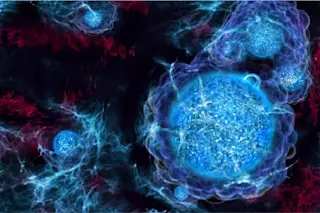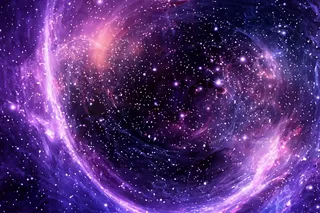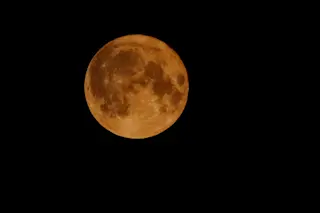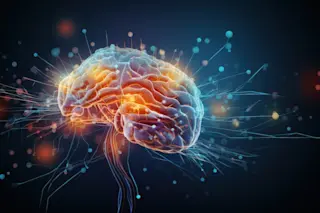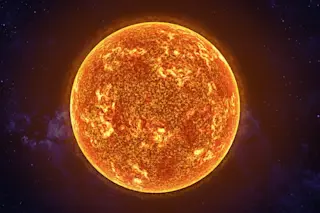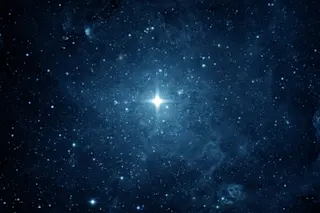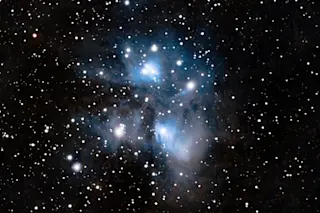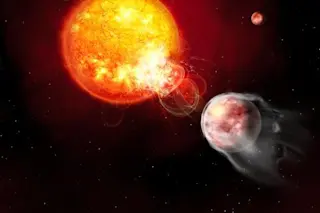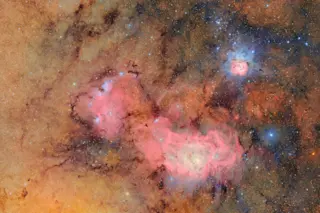Every day, we bathe in the glow of a giant, burning ball of gas that sustains life on our planet. At night, we look up at a sea of stars, which come in a staggering variety of sizes, colors and ages. These objects all shine thanks to the same nuclear fusion that powers our own Sun. But they might not be all the universe has to offer.
Some astronomers think there are so-called "exotic stars" out there, composed of particles other than the typical electrons, protons and neutrons that make up our Sun and all of its cousins. And while these exotic stars are still hypothetical, scientists are starting to find evidence that some of them might actually exist. Here, we’ve compiled a list of four of the weirdest and most exotic stars that might be floating in space.
Two galaxy clusters collided to create the “Bullet Cluster,” shown here. ...


